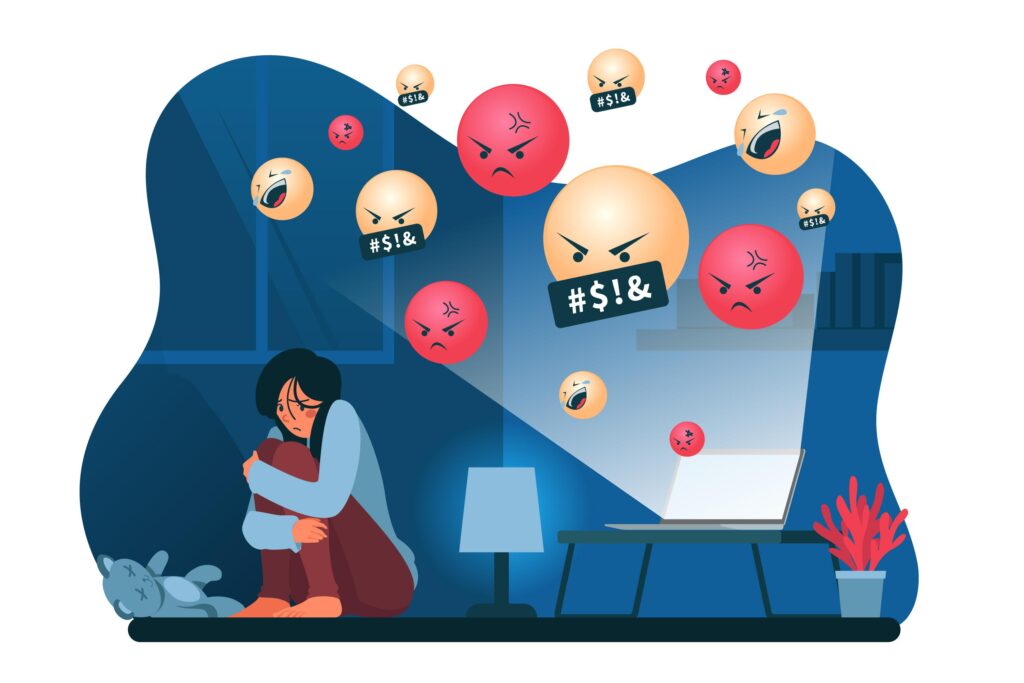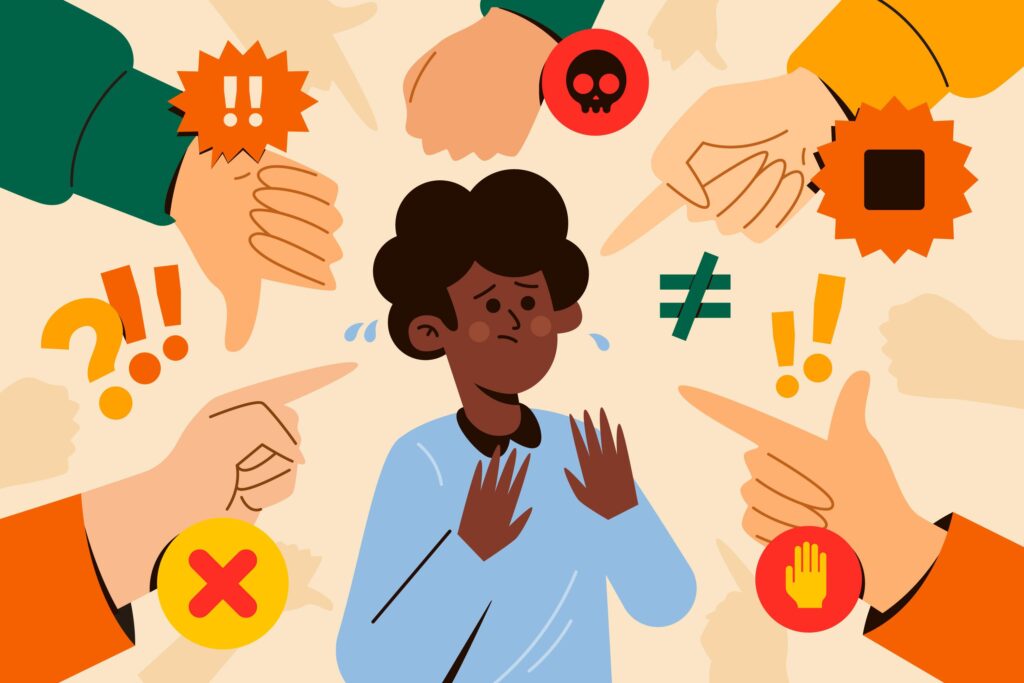As a parent, the thought of your child being bullied can be incredibly worrying and overwhelming. Whether it’s in school, online or in person, bullying can occur anywhere at any time. To help support your children and make sure they stay safe, it is important to have an awareness of what bullying looks like and how you can recognize it when it happens. This blog post will provide you with comprehensive information on bullying – from defining its different forms to understanding the effects that it may have on its victims – so that you are equipped with all the information you need to know about this difficult subject.
Table of Contents
What Is Bullying and Why It Is a Serious Problem
Bullying is a serious problem that parents of school-aged children cannot ignore. Bullying is defined as the use of force, coercion or threat to abuse or intimidate others. It can include verbal or physical aggression, exclusion from activities, sending threatening messages through technologies and spreading hurtful rumors and lies. The result can be an overall decline in self-esteem and sense of belonging for the victim, leading to depression and anxiety. For parents, it is essential to recognize signs of bullying such as withdrawing from activities and social contact or avoiding school when possible, in order to address this growing problem effectively so that their children can enjoy learning without fear.
Types of Bullying
Bullying is a major problem in society, especially when it comes to young people. There are many types of bullying and each can vary in intensity. Verbal bullying is the most commonly known form, but physical and cyberbullying are also important. Verbal bullying includes things like teasing, name-calling, putdowns, or threats. Physical bullying consists of invading someone else’s personal space, pushing them around, intimidating with gestures and facial expressions, property damage, or stealing items from peers; cyberbullying can include spreading rumors online, sending harassing messages over social media or texts, or creating hate pages or groups targeting an individual. It is vital that individuals who experience any type of bullying inform a trusted adult and get the help they need to address this problem.

Bullying in the Digital Age
With parents, educators, and politicians alike becoming more aware of the risks of bullying, parents have become increasingly responsible for monitoring their children’s digital activities. Unfortunately, parents may not always be in the best position to protect their children from cyberbullying due to their limited technological knowledge or inability to adequately supervise their child’s online presence. This can lead to parents feeling powerless when faced with the seemingly omnipresent threat of online bullying. It is thus essential that parents engage in conversations with other parents and policymakers to ensure that our most vulnerable members of society are safeguarded against these very real threats.
How to stop the Signs of Bullying
It is essential that parents take an active role in helping to prevent bullying. Educating parents and children on the signs of bullying can help foster a safe, supportive environment within the home. Additionally, parents should model respectful behavior, advocate for inclusive activities, and encourage open communication. Taking steps like these ensures that parents are better equipped to stop the signs of bullying before they escalate into dangerous situations.
What to Do if You Are Being Bullied
Bullying can have a profoundly negative impact on children, both during and after it occurs. It is important for children to know that if they are being bullied, they should not suffer in silence – there are steps that children and their parents can take to address the issue. As children grow older, they can start by trying to reason with the bully or confronting them directly about their behavior. For children who feel that these tactics won’t work, parents can help by speaking out against the bullying, offering support to their children and contacting school administrators or other authorities as necessary. Ultimately, taking a proactive approach is key in standing up against bullying and restoring peace of mind to children who are experiencing it.
How to Help Others Who Are Being Bullied
Bullying can have detrimental effects on those who are victims of it, leading to anxiety, depression, and mistrust in others. As parents, it is important that we recognize the signs of someone being bullied and are equipped with the skills necessary to help them. First and foremost, parents should actively create a safe environment where those being bullied feel comfortable talking about their experiences and issues. Furthermore, parents should listen carefully when speaking with those who are being bullied in order to identify potential solutions or resources. Ultimately, it is important for parents to be supportive during this trying time so that all parties involved feel heard and understood.

Last Words
In conclusion, bullying is a serious issue that has been around for many years and continues to affect individuals today. From physical, verbal and social aggression to cyberbullying, it is important to know the multiple facts of the phenomenon. We must look out for signs of bullying to ensure those around us are safe and taken care of. Others can help someone who has been or continues to be bullied by understanding the types of bullying, recognizing its impact on an individual’s physical or mental health, and providing support such as emotional care-taking. Everyone should make sure they do their part in preventing these incidents from occurring by being aware of what constitutes bullying and taking steps to reduce the occurrence of situations in which people are victimized for having differences.
FAQ
- Pay attention to signs of physical or verbal abuse, such as bruises, scratches, or having fewer friends than before.
- Look for changes in behavior like sudden outbursts of anger or withdrawal from activities they used to enjoy.
- A drop in grades, increased absences from school, or a reluctance to go to school could also be indicators that someone is being bullied.
- Step in to stop the bullying if it is safe for you to do so.
- Offer support to the person being bullied, such as checking in and asking them how they are doing.
- Report the incident to an adult or a trusted authority figure who can help address the situation.
- Victims of cyberbullying can suffer from low self-esteem and depression.
- They may even feel like they want to drop out of school or avoid social situations.
- Cyberbullying can have long-term negative effects on the mental and emotional health of an individual, as well as legal consequences for perpetrators.
- Encourage respect and kindness between all members of the school community.
- Put anti-bullying policies in place, and make sure everyone knows what they are.
- Create a safe space for students to share their thoughts and feelings without fear of judgement or reprisal.
- Acknowledge and reward positive behavior while also addressing negative behaviors quickly and fairly.






